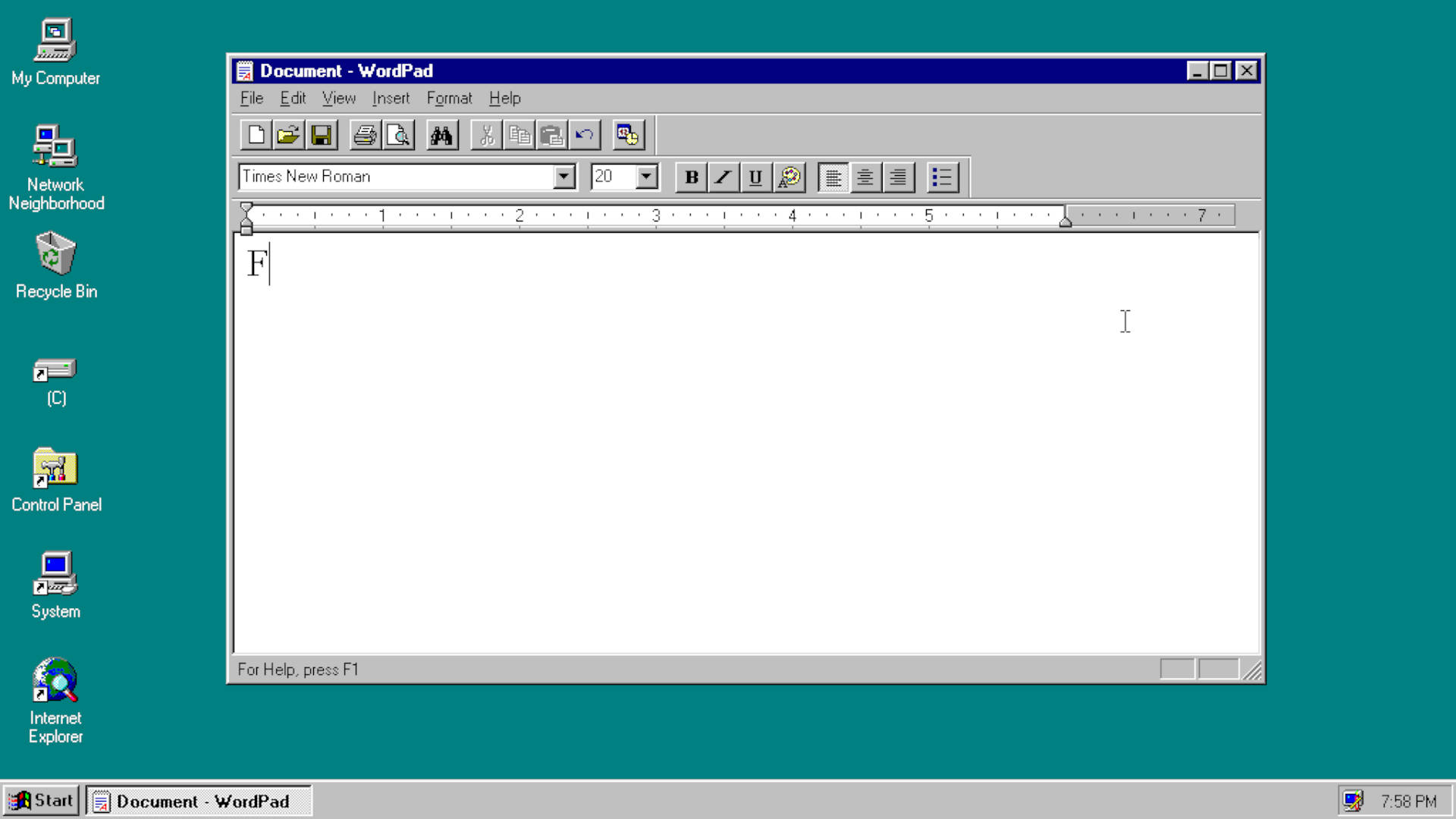
Say Goodbye to Keyboards and Mice: Microsoft's Vision for Windows in 2030
Microsoft envisions a future where traditional input devices like keyboards and mice become obsolete, with AI leading the way to a more intuitive computing experience by 2030.
In a recent discourse, David Weston, a Corporate Vice President at Microsoft, shared insights about the company’s futuristic vision for the Windows operating system by 2030. He emphasized that we may soon say farewell to traditional input devices like keyboards and mice, which could soon feel as archaic as DOS appears to today’s younger generations.
The Role of AI
Thanks to advancements in artificial intelligence, particularly with quantum computing, Weston foresees a future where interaction with computers will predominantly occur through voice rather than touch:
“I think we will do less with our eyes and more talking to our computers; it will be a much more natural form of communication.”
He hinted at the potential for unlimited computing power shaped by quantum advancements within the next five years.
Implications for Work and Security
Weston mentioned this transition in human-machine interaction would allow businesses—especially smaller ones—to access advanced security systems that were previously available only to larger corporations. He believes in a future where tedious tasks are minimized, making room for creativity, ideation, and effective human connection in the workplace.
Conclusion
Weston acknowledged that while technology continues to evolve, the basics of security remain unchanged: maintaining updated patches and secure passwords are still paramount. As our practical use of technology progresses toward a voice-driven paradigm, one can wonder how close this vision truly is—and whether it might take longer than anticipated for such significant changes to infringe upon our daily operational routines.
